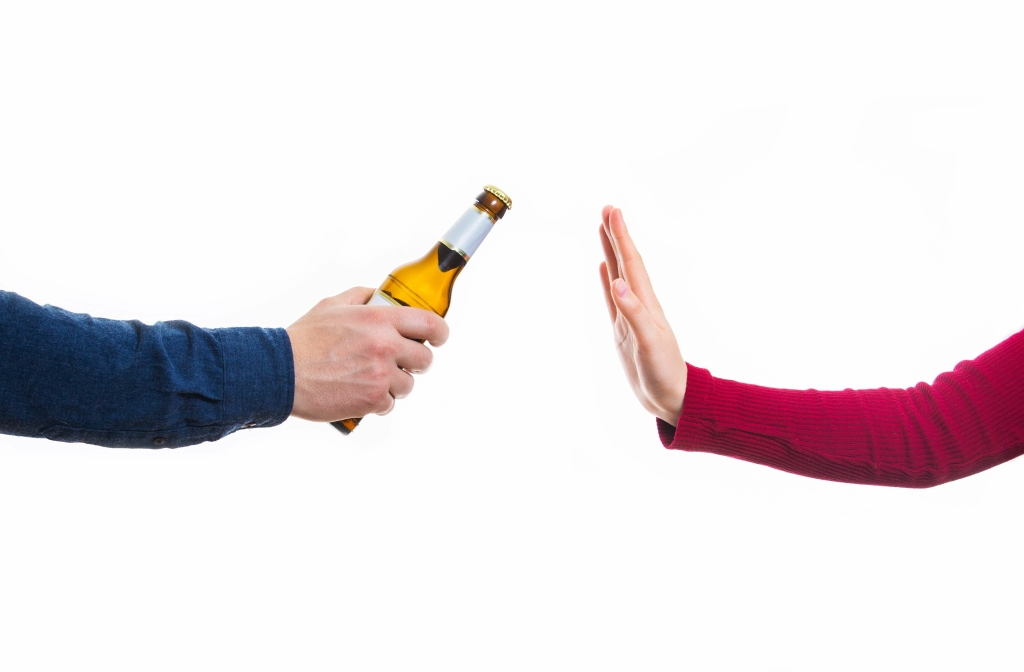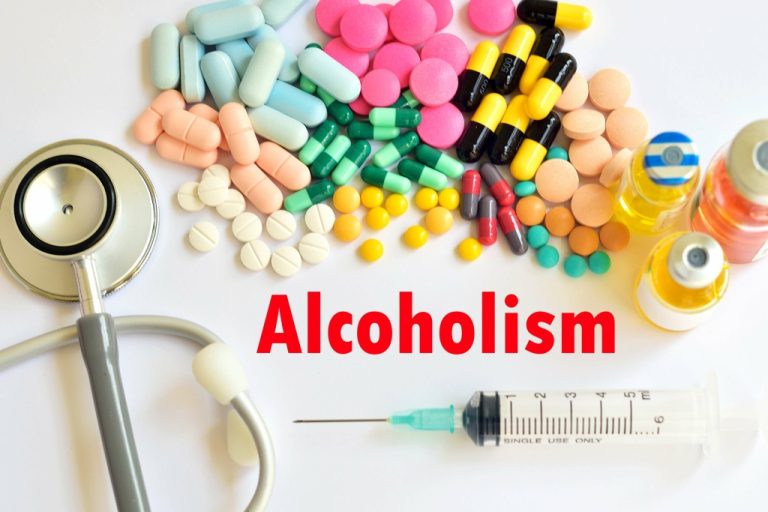This lack of standardization impairs the comparability of the results and limits their interpretation. For instance, could the affect assessed with Elliot and Devine’s three items (1994; uneasy, uncomfortable and bothered) and Matz and Wood’s five items (2005; uneasy, uncomfortable, bothered, tense and concerned) be considered the same? The Dissonance Thermometer has been initially used to support the claim that CDS is experienced as a specific psychological discomfort instead of a general negative affect (Elliot & Devine, 1994). However, all the variations we have seen could actually be interpreted as evidence for a general and unspecified negative affect. In therapeutic settings, exploring what is cognitive dissonance can help individuals identify the root causes of their discomfort and work towards resolving it.
How to Reduce Cognitive Dissonance
She also gives her time to Tara Home, an end of life/hospice care home at Land of Medicine Buddha in Soquel, Ca. Jeffrey’s current role as supervisor for one on one counseling allows him to spend time with each client in a one on one setting. His main objective as a one on one counselor is to ensure that each client has a safe and nonjudgmental space to discuss the issues surrounding their relationship with substances.
- The Bay Area CBT Center provides therapy services for everyone, from children to adults, and welcomes individuals, couples, and groups.
- Cognitive dissonance is the uneasiness you feel when you have conflicting beliefs.
- This tendency to rationalize the value of an endeavor based on the effort invested can lead to altered perceptions of outcomes.
- After forced compliance, individuals may reduce cognitive dissonance by re-evaluating their attitude toward past actions.
Emotional Regulation Therapy: Effective Techniques for Managing Your Feelings
In addiction, cognitive dissonance is often present as individuals struggle to reconcile their desire to continue abusing substances with the harmful effects and negative consequences of their addictive behaviors. Cognitively, individuals with addiction may cognitive dissonance and addiction face a mental conflict between their desire to continue using substances and their awareness of the negative impact it has on their health and relationships. They may rationalize their behavior or deny the severity of the problem, even when presented with evidence of its harmful effects. Cognitive dissonance is the uncomfortable feeling that can occur when you have conflicting beliefs, values, or behaviors.

Promote Cognitive Consistency
Cognitive dissonance may manifest in subtle or obvious ways, depending on the individual and the conflict they are experiencing. Cognitive dissonance in a way is mental illness within itself, and without treatment, the chances of relapse are high, and most importantly, it exacerbates an individual’s condition and hinders their chances of a successful recovery. For someone with addiction issues, when dissonance comes into play, it greatly compromises their ability to make rational decisions. One Drug rehabilitation could argue that drinking and taking drugs is ultimately someone’s choice. In today’s world, people do things or have beliefs and opinions that sometimes leave us questioning humanity. Maybe they do not make much sense to you or other people, but everyone is different.

You can send this superbill to your insurance company to ask for reimbursement. If you’re not sure if your insurance covers services from providers https://nhakhoadaisy.com.vn/the-5-most-addictive-substances-on-earth/ not in their network, it’s a good idea to give them a call and check. The Bay Area CBT Center provides therapy services for everyone, from children to adults, and welcomes individuals, couples, and groups.
Tip 2: Adjust your beliefs or perspective
Cognitive dissonance is the mental discomfort that results from holding two conflicting beliefs, values, or attitudes. People tend to seek consistency in their attitudes and perceptions, so this conflict causes unpleasant feelings of unease or discomfort. The connection between the hidden brain and cognitive dissonance is profound.
- Although Festinger was somewhat vague on the issue of dissonance reduction, his theoretical model laid out enough ideas for subsequent researchers to build on.
- “Cognitive” generally refers to mental activity like thinking, learning, perceiving, believing, or intuiting.
- In better understanding cognitive dissonance and the role it plays in most of our lives, we can be on the lookout for it and its sometimes-negative effects.
- You may have been experiencing cognitive dissonance, a psychological phenomenon that is often challenging to recognize at the moment.
Holding two conflicting beliefs disrupts cognitive consonance, as described in balance theory, and can cause individuals to feel guilty. Overall, while cognitive dissonance can serve as a catalyst for personal growth and critical thinking, it also comes with challenges and potential drawbacks. Successfully navigating cognitive dissonance requires self-awareness, open-mindedness, and effective coping strategies to promote resolution and positive outcomes. It’s important to note that experiencing cognitive dissonance is a normal part of human cognition and does not necessarily indicate a psychological problem. However, persistent or unresolved cognitive dissonance may contribute to stress, anxiety, or other psychological difficulties, particularly if it interferes with daily functioning or well-being.

